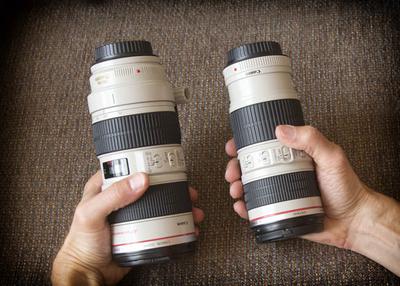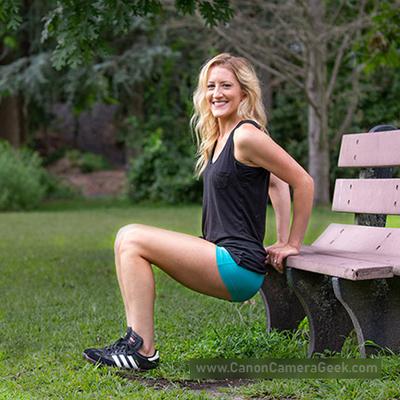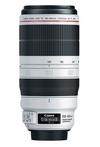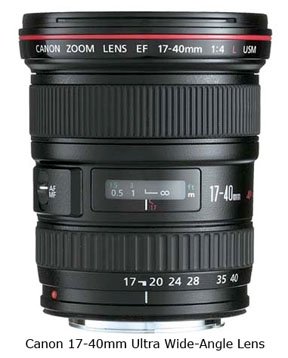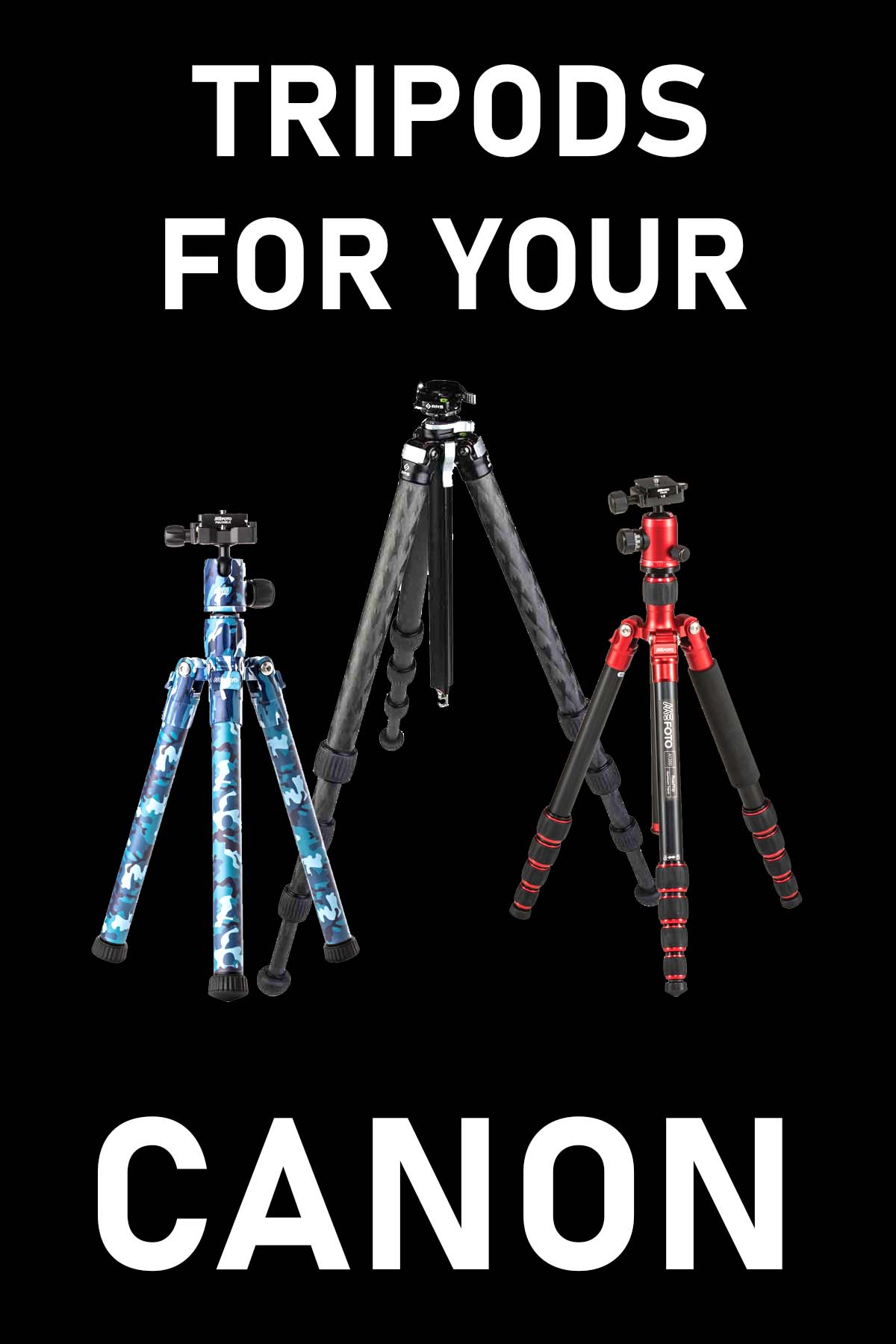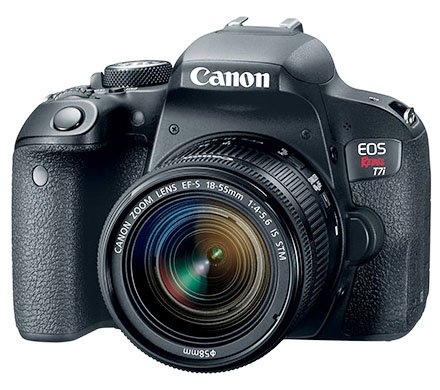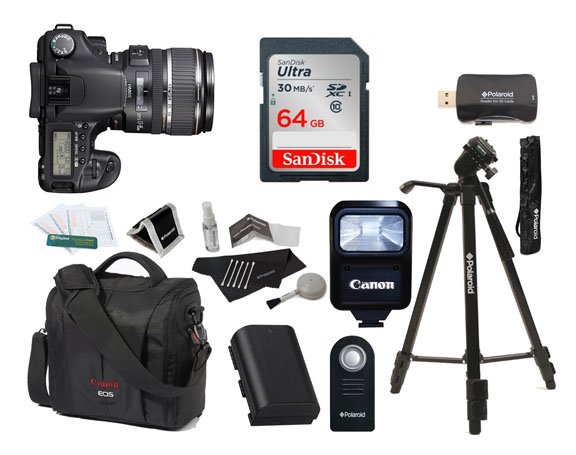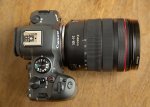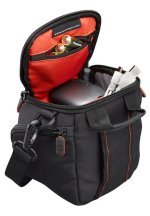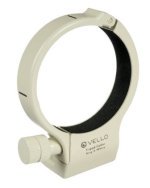This page may contain affiliate links that pay me a small commission. There is no cost to you. You can review the affiliate statement at the very bottom of this page if you want more information. As an Amazon affiliate Canon Camera Geek may earn a small commission from qualifying purchases, at NO added cost to you.
Whether to Get Image Stabilization Or Not With a Canon 70-200mm f/2.8 Lens
by Henry
(UK)
"(Photos taken from boats and IS) Does IS Image Stabilization do anything when you are taking a picture from a moving object of another moving object.
I am looking at 70-200 lens and wondering whether to buy the F2.8 NON-IS lens as my basic understanding is that speed is the most important thing. Your thoughts would be appreciated."
Hi Henry,
Thanks for your questions about which Canon 70-200mm lens to buy. It's a great lens-I have one of the f/2.8 versions and I've used one of the f/4.0 versions.
Let me start by saying that it sounds like an easy question. The answer might be a bit complicated, but I'll do my best. Hmm.....a full length article might have to be written some time, ;-). If you know you're not considering the f/4.0 version, you still have several options for the f/2.8.
the Differences Between the Canon 70-200mm IS II Lens and the Canon 70-200mm IS III Lens
There is very little difference between the two lenses, accept the price tag.The III has "Air Sphere Coating" along with "Super Spectra Coating." That reduces lens flare. The III also added fluorine coating on the front and back outer lens surfaces to help in keeping your 70-200 clean.What You Need To Know About Image Stabilization
*Image stabilization is for reducing blur from camera movement NOT subject movement.* Image stabilization should never be used when your camera is mounted on top of a tripod, nor when photographing a moving subject.
*Super fast shutter speeds will eliminate motion blur from BOTH your camera and subject movement and give you sharp images.
*Some newer versions of Canon "L" lenses are only marginally different from the previous versions and cost a lot more.
Don't forget that some of the NON-Canon alternatives are worth considering too. If you get the lens WITH image stabilization you'll spend more money. With it, you get the option of using it or not by simply adjusting the IS setting on the side of your lens. If you get a lens without image stabilization, you'll be losing the ability to use it in those low light situations when you're shooting stationary objects. (landscapes, portraits, wildlife) and slower shutter speeds.
I hope that helps you with choosing between the NON IS Canon 70-200 f/2.8 and the IS version of the lens. Henry, please let me know what you decide. It's a question that many of the Canon Geek website also ask themselves.
Thanks,
Bruce
Canon 70-200 F/2.8 Alternatives
All Canon Lenses
Comments for Whether to Get Image Stabilization Or Not With a Canon 70-200mm f/2.8 Lens
|
||
|
||
Canon 100 - 400mm Zoom Lens Image Stabilization And Tripod Use
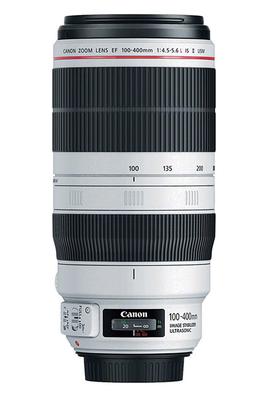
Canon EF 100-400mm USM IS II Lens
"Can this lens only be used with a tripod - or is there stabilization that enables it to be used successfully handheld?"
Thank you
Kind regards
Rosemarie Whitman
Hi Rosemarie! Thanks for asking me about a Canon lens that I personally own and am quite happy with. This is a great question about the Canon EF 100-400 zoom lens. It can be confusing to pick a lens from all of the choices and know ahead of time if it's a good choice.
Canon EF 100-400 Image Stabilization
There are 2 versions of the 100-400 lens made by Canon. The older version is a little bit more affordable, the Canon EF 100-400mm f/4.5-5.6L IS USM, and is rated at 2 "stops" of image stabilization. The newer version, the Canon EF 100-400mm f/4.5-5.6L IS II USM, is rated at 4 stops of image stabilization.What "Stop" Means With Image Stabilization
In photography, a "stop" is a factor of 2 times. In other words, if a lens has one stop of image stabilization, you would be able to use a slower shutter that was twice as slow as a lens without image stabilization and get the same level of sharpness.For example, if you could get a sharp, hand-held photo at 1/400 of a second without image stabilization, one stop of image stabilization would allow you to get the same level of sharpness at 1/200 of a second shutter speed.
If your lens had two stops of image stabilization, in the same situation as above, you could use 1/00 of a second shutter speed and still get the same level of sharpness.
Now, what about using a tripod verses using image stabilization. There are several variables that come into play. Getting a sharp image with respect to what shutter speed you use depends on 1) the zoom setting or your 100-400, 2) your subject-how fast it's moving and what direction, 3) the actual shutter speed your using, and 4) your technique. Check out the bullet points below, from a very similar question from another reader of the Canon Camera Geek blog.
Tripods and Image Stabilization
*Image stabilization is for reducing blur from camera movement NOT subject movement.* Image stabilization should never be used when your camera is mounted on top of a tripod, nor when photographing a moving subject.
*Super fast shutter speeds will eliminate motion blur from BOTH your camera and subject movement and give you sharp images.
Generally, when I am shooting with my Canon 100-400 lens and a slower shutter speed, I use a tripod for shooting portraits and landscapes. When I'm using a very fast shutter speed for sports and wildlife, I'm shooting handheld. I use image stabilization when I'm forced to use a slower shutter speed (slower than 1/400th second) and shooting without a tripod.
I hope that helps you with your question about tripods and image stabilization with a Canon EF 100-400mm lens. Don't hesitate to ask if you have any other questions. Keep shooting. Keep learning. Keep improving.
Bruce
Posts To Help You Understand Shutter Speeds and Blur From Motion
Here are a few related articles on what kind of shutter speeds are typical for a variety of different subjects, understanding motion blur, and reviews of the Canon 100-400 lens:
Understanding Shutter Speed
Eliminating Blur
Reviews from buyers of the Canon EF 100-400mm USM IS II Lens on Amazon


Bruce Lovelace is the publisher of Canon Camera Geek. Read more about him on the About Page. He also publishes how to articles and camera gear reviews at the Photography Tips website.
View some of Bruce's photos on Instagram and Flickr. Join the tribe of followers on YouTube. Bruce also runs photo workshops and provides 1 on 1 digital photography coaching.
Search for articles on this Site:
Recent Articles
-
My Review of The 10 Best Canon R6 Mark II Features That Impressed Me
Apr 12, 25 08:51 AM
Beyond the Pixel: Discover the Game-Changing Features That Make the Canon R6 Mark II a Must Have Camera -
Canon RF 24-105 Lens Comparison. Guide To Which One Is Right For You
Apr 07, 25 12:47 PM
Which is the best of the 3 versions of the Canon RF 24-105mm Lens for Canon mirrorless cameras? What's The 24-105 Lens Good For -
3 Better Alternatives to Camera Bags From Canon. Helpful Guide To Bags
Apr 03, 25 11:51 AM
After searching for the top best selling Canon bags, I found 3 better alternatives to camera bags from Canon -
Canon 70-200 2.8 Tripod Collar. Article and Video of The Advantages
Apr 03, 25 11:02 AM
Some call it an optional accessory. I say a canon 70-200 2.8 tripod collar is a necessity when using this lens on a tripod or monopod. -
Running With The G1X Mark II, Acting Like a Kid, You Should Try This
Apr 03, 25 10:31 AM
Ever get a new "toy" and want to just play? I did.Got my new Canon compact camera. Went running with the G1x Mark II
